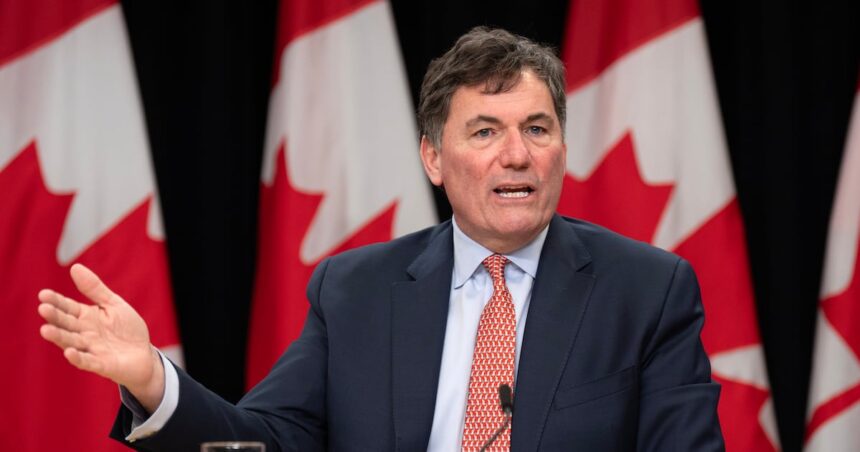In what may signal a substantial reset in Ottawa’s approach to Western Canada, Mark Carney’s entry into federal politics suggests a significant departure from Prime Minister Justin Trudeau’s policies toward Alberta and Saskatchewan. The former central banker’s economic vision and political positioning could represent the most consequential shift in federal-provincial relations in nearly a decade.
Dominic LeBlanc, a key Liberal cabinet minister and longtime Trudeau ally, acknowledged this potential transformation during a recent interview, noting that Carney’s approach would likely differ markedly from current government positioning on several critical western files.
“Mark brings an economic perspective that resonates with resource-dependent provinces,” LeBlanc told CO24 News. “His background in financial markets and climate finance offers a pragmatic path forward that doesn’t position energy development and environmental progress as mutually exclusive goals.”
The potential policy pivot comes at a critical juncture for federal-provincial relations. Alberta Premier Danielle Smith and Saskatchewan Premier Scott Moe have maintained consistently adversarial stances toward Ottawa, particularly regarding resource development, carbon pricing, and environmental assessment legislation.
Political analysts suggest Carney’s credentials—having served as Bank of Canada and Bank of England governor—provide him unique credibility in discussions about energy transition. Dr. Kathryn Harrison, a professor of political science specializing in environmental policy, notes, “Carney understands capital markets and investment flows in a way that allows him to bridge economic development and climate action more effectively than many politicians.”
The potential policy recalibration extends beyond energy. CO24 Politics sources indicate Carney has already begun consultations with Western Canadian business leaders about infrastructure priorities and regulatory reforms that could unlock investment while maintaining environmental standards.
“The current relationship between Ottawa and the resource provinces has deteriorated to a point where substantive policy discussions have become nearly impossible,” explains Dr. James Meadowcroft, professor of political science and public policy. “Carney’s entrance represents an opportunity to reset that dialogue around shared economic interests rather than polarized positions.”
Economic data underscores the significance of this potential shift. Alberta and Saskatchewan contribute disproportionately to Canada’s GDP relative to their populations, with the energy sector accounting for approximately 16% of the nation’s exports. However, CO24 Business reporting shows investment in Western Canadian resource projects has declined significantly since 2015.
Political considerations loom large as well. The Liberal party currently holds just four seats across Alberta and Saskatchewan combined, with some pollsters suggesting this number could drop to zero in the next federal election without a substantial policy recalibration.
“This isn’t just about economic policy—it’s about national unity,” suggests former Saskatchewan premier Brad Wall. “When regions feel consistently alienated from national decision-making, it strains the federation in ways that become increasingly difficult to repair.”
Carney’s potential candidacy also introduces questions about how climate commitments would be balanced against energy development. His leadership on climate finance initiatives suggests he wouldn’t abandon environmental priorities but might approach them through market mechanisms rather than regulatory constraints.
The former central banker’s approach appears to emphasize transition pathways rather than abrupt industry transformation, potentially offering a middle ground between Western premiers’ calls for resource development and environmental advocates’ urgency around emissions reductions.
As Canada navigates complex global economic headwinds, the question remains: can a policy reset between Ottawa and the resource provinces strengthen national economic resilience, or will regional divisions continue to undermine collaborative approaches to shared challenges?










